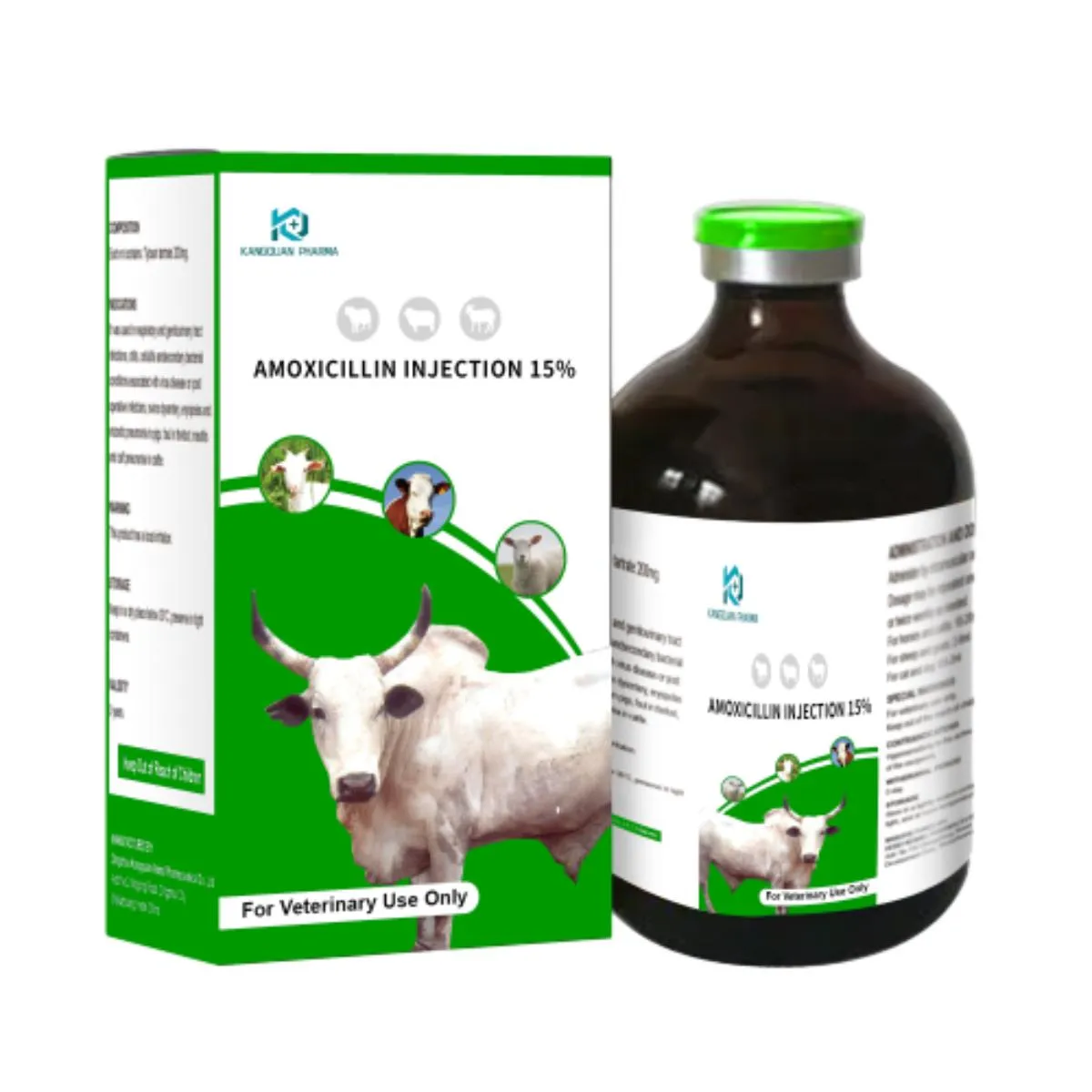- Afrikaans
- Albanian
- Amharic
- Arabic
- Armenian
- Azerbaijani
- Basque
- Belarusian
- Bengali
- Bosnian
- Bulgarian
- Catalan
- Cebuano
- Corsican
- Croatian
- Czech
- Danish
- Dutch
- English
- Esperanto
- Estonian
- Finnish
- French
- Frisian
- Galician
- Georgian
- German
- Greek
- Gujarati
- Haitian Creole
- hausa
- hawaiian
- Hebrew
- Hindi
- Miao
- Hungarian
- Icelandic
- igbo
- Indonesian
- irish
- Italian
- Japanese
- Javanese
- Kannada
- kazakh
- Khmer
- Rwandese
- Korean
- Kurdish
- Kyrgyz
- Lao
- Latin
- Latvian
- Lithuanian
- Luxembourgish
- Macedonian
- Malgashi
- Malay
- Malayalam
- Maltese
- Maori
- Marathi
- Mongolian
- Myanmar
- Nepali
- Norwegian
- Norwegian
- Occitan
- Pashto
- Persian
- Polish
- Portuguese
- Punjabi
- Romanian
- Russian
- Samoan
- Scottish Gaelic
- Serbian
- Sesotho
- Shona
- Sindhi
- Sinhala
- Slovak
- Slovenian
- Somali
- Spanish
- Sundanese
- Swahili
- Swedish
- Tagalog
- Tajik
- Tamil
- Tatar
- Telugu
- Thai
- Turkish
- Turkmen
- Ukrainian
- Urdu
- Uighur
- Uzbek
- Vietnamese
- Welsh
- Bantu
- Yiddish
- Yoruba
- Zulu
9 月 . 22, 2024 13:09 Back to list
veterinary disinfectant groups
Understanding Veterinary Disinfectant Groups
In veterinary medicine, maintaining a clean and safe environment is paramount to ensuring the health and well-being of animals. One of the key components in achieving this is the use of disinfectants. Veterinary disinfectants can be categorized into several groups, each with specific properties and functions. Understanding these groups is essential for effective infection control in veterinary practices, shelters, and farms.
1. Alcohols
Alcohol-based disinfectants, primarily ethyl and isopropyl alcohol, are widely used due to their quick action against a broad spectrum of bacteria and viruses. They work by denaturing proteins and disrupting cell membranes. Alcohols are particularly effective against enveloped viruses, making them suitable for use in areas where viral infections are a concern. However, they are less effective against non-enveloped viruses and some bacterial spores.
2. Chlorine Compounds
Chlorine-based disinfectants, such as sodium hypochlorite (bleach), are powerful tools in any veterinary practice. They have broad-spectrum antimicrobial activity and can effectively eliminate bacteria, viruses, and fungi. Chlorine compounds are especially effective in cleaning contaminated surfaces and equipment. However, they must be used with caution, as they can be corrosive to certain materials and may irritate the skin and respiratory tract. Proper dilution and contact time are crucial to maximizing effectiveness while minimizing harm.
3. Quaternary Ammonium Compounds (Quats)
veterinary disinfectant groups

Quats are a group of disinfectants that are popular in veterinary settings due to their low toxicity, pleasant scent, and ability to remain active on surfaces for extended periods. They are effective against bacteria and enveloped viruses but have limited efficacy against spores and certain non-enveloped viruses. Quats are often used in animal housing, clinics, and grooming facilities, providing a safe and effective cleaning solution for a wide range of surfaces.
4. Phenolic Compounds
Phenolic disinfectants are another category often used in veterinary medicine. They are effective against a variety of pathogens, including bacteria, fungi, and some viruses. Phenols work by disrupting cell membranes and denaturing proteins. They are particularly useful in the veterinary field for disinfecting hard surfaces and equipment. However, they can be toxic to cats and some other animals, so caution is advised when using them in environments where sensitive species are present.
5. Oxidizing Agents
Oxidizing agents, such as hydrogen peroxide and peracetic acid, have gained popularity as eco-friendly disinfectants. These compounds work by producing reactive oxygen species that kill a wide range of pathogens, including bacteria, viruses, and spores. They are biodegradable and leave no harmful residues, making them suitable for use in environments where environmental safety is a priority. However, their effectiveness may vary depending on concentration and contact time.
Conclusion
The choice of veterinary disinfectant is critical for controlling infections within animal populations. Understanding the various groups of disinfectants—alcohols, chlorine compounds, quaternary ammonium compounds, phenolic compounds, and oxidizing agents—enables veterinarians and animal care professionals to make informed decisions about cleaning and disinfecting protocols. Each group has its own strengths, weaknesses, and applications, and selecting the appropriate disinfectant will help ensure a safe and healthy environment for animals and those who care for them. Proper training in the use of these disinfectants is essential to maximize their efficacy and minimize potential risks to both animals and humans.
-
The Power of Radix Isatidis Extract for Your Health and Wellness
NewsOct.29,2024
-
Neomycin Sulfate Soluble Powder: A Versatile Solution for Pet Health
NewsOct.29,2024
-
Lincomycin Hydrochloride Soluble Powder – The Essential Solution
NewsOct.29,2024
-
Garamycin Gentamicin Sulfate for Effective Infection Control
NewsOct.29,2024
-
Doxycycline Hyclate Soluble Powder: Your Antibiotic Needs
NewsOct.29,2024
-
Tilmicosin Premix: The Ultimate Solution for Poultry Health
NewsOct.29,2024













